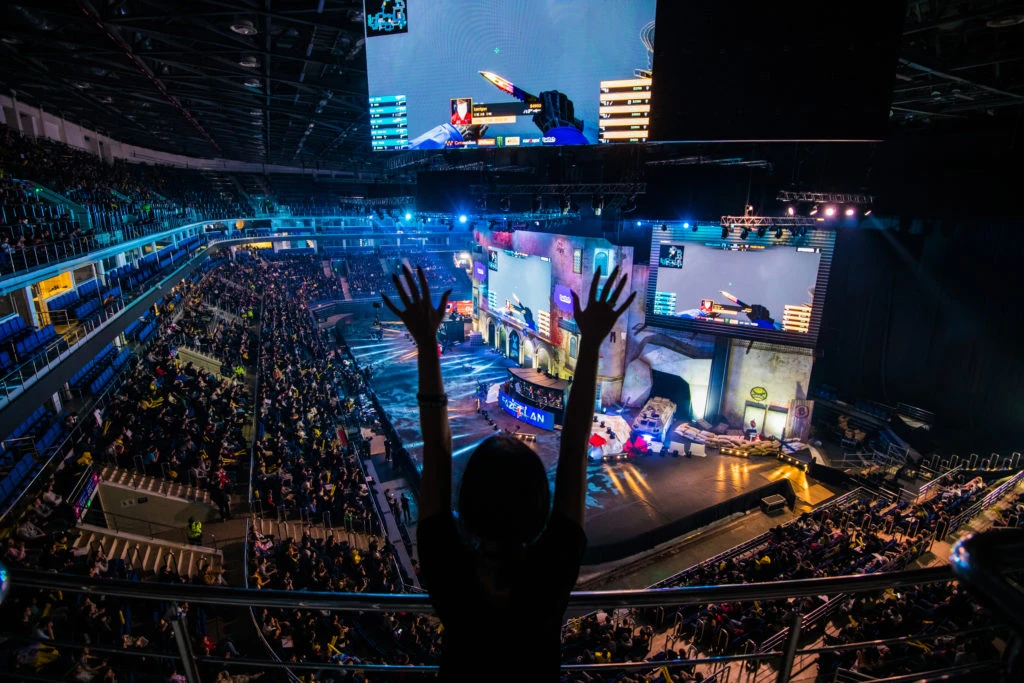PandaScore’s 2023 esports betting report card

At PandaScore, we saw not only an increase in the total number of esports bets across our operator partners, but the total amount placed per bet also increased significantly. The average amount wagered per bet placed across 2023 was €45 – a 37% increase compared to 2021.
Total betting turnover also increased significantly. This was in spite of the broader esports sector undergoing a market correction that included reduced budgets and consolidation of professional teams.
Along with the growth in overall turnover, margin performance either maintained or improved upon previous years for many suppliers and operators.
The total pool of bettors has grown and they’re placing larger bets than before, with overall turnover continuing to grow year-on-year. The results from 2023 show that esports betting is a genuinely evergreen vertical that consumers have become more comfortable and interested in.
Let’s dive into them a bit more.
Which esports titles are popular for betting?
Counter-Strike’s popularity and strong betting culture mean that historically, it either dominates or accounts for a significant portion of total turnover every year. Responsible for 60.2% of total turnover for PandaScore’s clients, that is still very much the case. However, other esports segments are now growing and chipping away at Counter-Strike’s supremacy.
Namely, Dota 2 has firmly cemented its second-placed spot among bettors, while League of Legends (LoL) has experienced a dip in performance. The Chinese and Korean domestic LoL competitions have traditionally been very popular, with the North American League Championship Series (LCS) following closely behind. However, this year we’ve seen reduced viewership numbers for the LCS and the volume of total bets have followed a similar trend.
The introduction of football ebattles to the PandaScore offering has yielded some noteworthy results. Garnering 5.7% of total turnover for the year in its first year is an incredible start. However, there is always an important caveat with these fast-esports type titles: they’re largely EA Sports FC matches designed and marketed as quick esports matches for sports bettors.
They play a key role in the product suite of a sportsbook, but it’s important to note that the bettor profile for this segment is generally quite different from other esports titles.
Additionally, the shift to a shorter, sharper season in Valorant was always going to have interesting implications for betting. The good news is that Valorant is steadily continuing to grow in total turnover and is head and shoulders above the many other titles that make up esports’ long tail.
Valorant vs. the long tail
Aside from the big three esports titles of Counter-Strike, Dota 2 and LoL, it’s worth taking a more granular look at the other long-tail titles and how they shape up against Valorant.
Valorant’s popularity and growth as a budding new title is clear as day, with Call of Duty sitting atop the list of other esports titles. With US regulation rolling out on a state-by-state basis, Call of Duty is still a title to watch considering the entire professional scene is now based in the United States. Mind you, Valorant appears to be a trendy title in North America for esports fans, so it remains to be seen whether any other long-tail title will nip at the heels of the Riot Games first-person-shooter game.
Live betting runs the show
Over the past few years, we’ve seen bettors prefer live betting even more than previously, shifting from a 55-45 split to an even bigger slice – around the 65% mark. This follows similar trends in sports betting and is a strong indicator of improvements to the live betting experience, as well as innovations like betbuilders to capture greater interest.
Most popular competitions for esports bettors in 2023?
Echoing the overall turnover breakdown, the most popular competitions of the last 12 months are largely in Counter-Strike. It’s common to see ESL Pro League competitions this high, as they’re month-long seasons featuring 32 teams and a lot of matches. The Paris Major was arguably one of the biggest Counter-Strike tournaments ever, with hometown heroes Vitality taking the title in Paris.
The elephant in the room is the absence of any Dota 2 tournament in the top 10, including the penultimate tournament of the year, the International. Despite yielding a greater overall turnover for the year compared to LoL, the way the competitive season – the Dota Pro Circuit (DPC) – was structured meant there was an incredibly high volume of matches. This resulted in Dota 2 turnover being distributed across a much wider range of decently performing tournaments, as opposed to the big-ticket items in other titles.
Game publisher Valve is scrapping the Dota Pro Circuit (DPC) structure in favour of a more decentralised, grassroots structure. What this means for betting, only time will tell.
Pandascore sees positive signs for 2024
Valve’s upheaval of the DPC has resulted in some top-tier tournaments leading the charge and ESL stepping up to provide some wide-sweeping qualifiers.
The LCS is shifting back to weekends after mixed results with midweek matches – the weekend timeslot being incredibly popular with LoL fans and bettors alike. And considering the increasing legalisation of esports betting across different US states, we could see a bump in turnover and bet volume on the LCS.
Operators and suppliers remain bullish on Valorant, eager to find out if the newly established Partner Program yields improved stability, consistency and quality of the professional circuit. Greater league stability invariably leads to greater connections to teams and players, a key touchpoint for esports bettors when they place their wagers.
The first Major of the recently launched Counter-Strike 2 kicks off in March and, while this and changes to the competitive structure could lead to shifts in betting behaviour, it’s safe to say betting on Counter-Strike will continue to be strong across the board.
